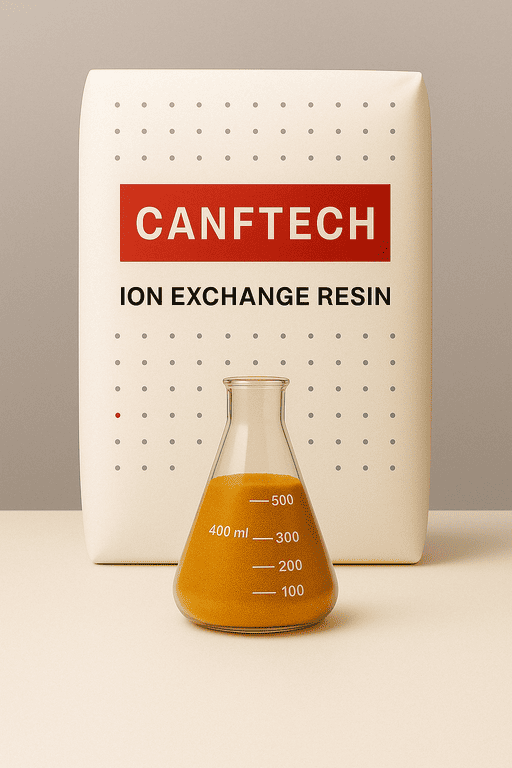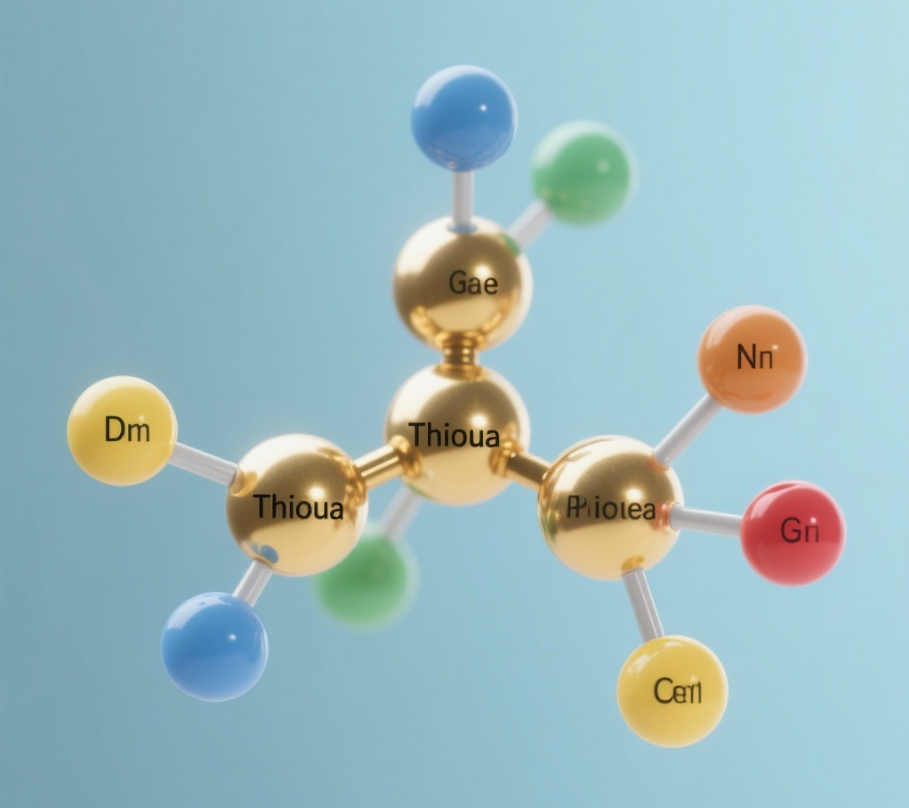Elution Protocol
for Precious Metal
Recovery from Resin CH010
A comprehensive guide for the recovery of platinum, palladium, gold, rhodium, ruthenium, and iridium from thiourea-functionalized ion exchange resin
Executive Summary
Activation Required: Pre-treatment with nitric acid (HNO₃) is essential to enhance resin selectivity for precious metals
Eluent Composition: 2 M thiourea in 1 M hydrochloric acid (HCl) provides optimal recovery efficiency
Scalability: Process suitable for industrial scale-up by maintaining constant linear flow velocity
Target Metals: Effective for Pt, Pd, Au, Rh, Ru, and Ir recovery from 10 ppm solutions
Process Parameters
1. Pre-Elution Resin Treatment and Activation
1 Initial Resin Washing
1.1.1 Rinsing with Deionized Water
Before any activation or elution steps, the loaded Resin CH010 must be thoroughly rinsed with high-purity deionized water. This initial rinse serves to remove any unbound or weakly adsorbed species from the loading solution.

Critical Warning
Never allow the resin bed to run dry. Allowing the resin to dry out can cause the polymer beads to crack and shrink, leading to a loss of structural integrity and reduced surface area.
2 Resin Activation/Conditioning
1.2.1 Purpose of Activation
The activation or conditioning of ion-exchange resins is a critical preliminary step that ensures the functional groups are in an optimal state for the subsequent elution process. For a thiourea-functionalized resin like CH010, activation is essential to maximize the efficiency and selectivity of precious metal recovery. [111]
1.2.2 Recommended Activation Agent
Prior to the elution process, it is highly recommended to perform an activation step using nitric acid (HNO₃). The selectivity of the CH010 resin for platinum group metals is significantly improved after nitric acid treatment. [10]
Flow Rate: 1-2 BV/hour
Volume: 5-10 BV
Post-Activation Rinse
Thoroughly rinse with deionized water until effluent pH is neutral (6-7). This typically requires 10-15 bed volumes of deionized water at 1-2 BV/hour.
2. Step-by-Step Elution Process
2.1 Eluent Preparation
2.1.1 Primary Eluent Composition
The most effective eluent for recovering precious metals from thiourea-based ion exchange resins is a solution containing both thiourea and hydrochloric acid. This combination forms highly stable, soluble complexes with the adsorbed precious metals. [27]
Primary Eluent Formula
2.1.2 Alternative Eluent for Complete Recovery
For enhanced recovery of challenging metals like rhodium and ruthenium, a mixed-ligand system can be used: [133]
Safety & Handling of Eluents
Thiourea is a known carcinogen and HCl is highly corrosive. Strict safety protocols must be followed.
- • Always add acid to water, never water to acid
- • Use fume hood and proper PPE (gloves, goggles, lab coat)
- • Follow hazardous waste disposal regulations
2.2 Elution Procedure
Resin Bed Setup
Pack resin into a column with height-to-diameter ratio of 10:1. Condition with eluent before starting the process.
Eluent Introduction
Introduce eluent slowly and controlled using a peristaltic pump. Monitor effluent clarity and pH during initial stages.
Collection of Eluate Fractions
Collect eluate in fractions (1-2 BV each) to monitor progress and optimize process efficiency. [122]
Post-Elution Resin Regeneration
3. Considerations for Scaling Up
3.1 Column Design and Dimensions
3.1.1 Bed Volume (BV) Calculations
The Bed Volume concept becomes fundamental for process design and comparison. All process parameters are expressed in multiples of BV to allow straightforward scaling.
Scaling Example
3.1.2 Column Height-to-Diameter Ratio
Maintain geometric similarity by keeping the height-to-diameter ratio between 3:1 and 10:1 during scale-up.
Example: 2 cm diameter → 20 cm height
3.2.1 Scaling Flow Rates
The most critical parameter to maintain during scale-up is the linear flow velocity (cm/h).
Where: Q = volumetric flow rate, v = linear velocity, D = column diameter
3.2 Process Parameter Optimization
3.2.2 Eluent Volume Requirements
Total eluent volume is typically expressed in Bed Volumes (BV) for scalable process design.
3.2.3 Temperature Control
Elevated temperatures (60-90°C) can significantly enhance elution kinetics, particularly for refractory metals like rhodium and ruthenium. [122]
Benefits of Temperature Control
- • Reduced eluent viscosity
- • Increased diffusion rates
- • Improved elution equilibrium
- • Higher throughput potential
4. Analysis of Elution Effectiveness for Target Metals
4.1 Platinum Group Metals (PGMs)
4.1.1 Platinum (Pt) and Palladium (Pd)
The elution of platinum and palladium is highly effective using the recommended 2 M thiourea in 1 M HCl eluent. Both metals form stable, soluble thiourea complexes that are readily stripped from the resin. [27]
Complex Formation
[PdCl₄]²⁻ → [Pd(Tu)₄]²⁺
4.1.2 Rhodium (Rh) and Ruthenium (Ru)
Rhodium elution is effective with the standard eluent, while ruthenium may require verification through laboratory testing. Alternative mixed-ligand systems can be employed for enhanced recovery. [133]
4.1.3 Iridium (Ir)
Iridium recovery exceeds 90% when using the thiourea-thiocyanate mixed-ligand eluent system. The synergistic effect of combined ligands enhances complex stability and solubility.
4.2 Gold (Au)
4.2.1 Elution with Acidic Thiourea
Gold elution is exceptionally effective using the standard acidic thiourea solution. This method is a cornerstone of modern gold recovery technologies.
4.2.2 Gold-Thiourea Complex Formation
The stable cationic complex bis(thiourea)gold(I) [Au(Tu)₂]⁺ is formed, which is highly soluble and readily transported out of the resin bed.

Gold Recovery Process Advantages
- High selectivity for gold
- Rapid elution kinetics
- Complete recovery yields
- Suitable for scale-up
Protocol Summary
Key Success Factors
- Mandatory nitric acid activation before elution
- 2 M thiourea in 1 M HCl as primary eluent
- Constant linear flow velocity for scale-up
- 14 bed volumes for complete elution
Expected Recovery Rates
This protocol provides a systematic approach for precious metal recovery from Resin CH010, with demonstrated effectiveness across multiple metals and scalability for industrial applications.